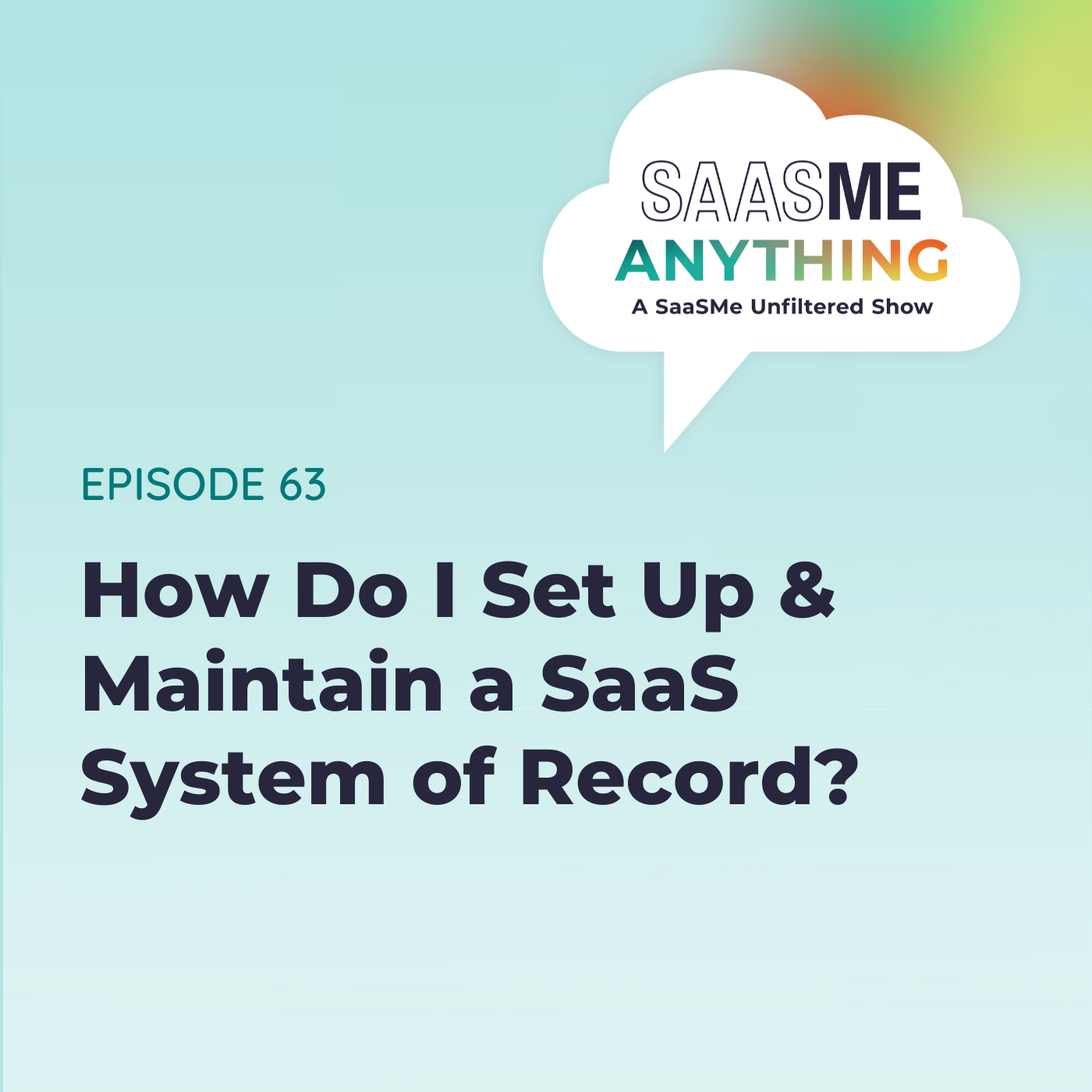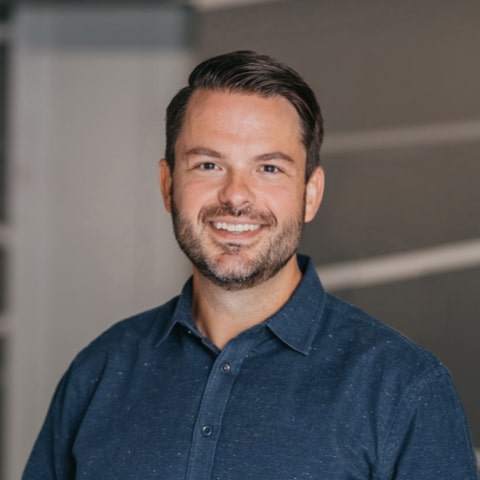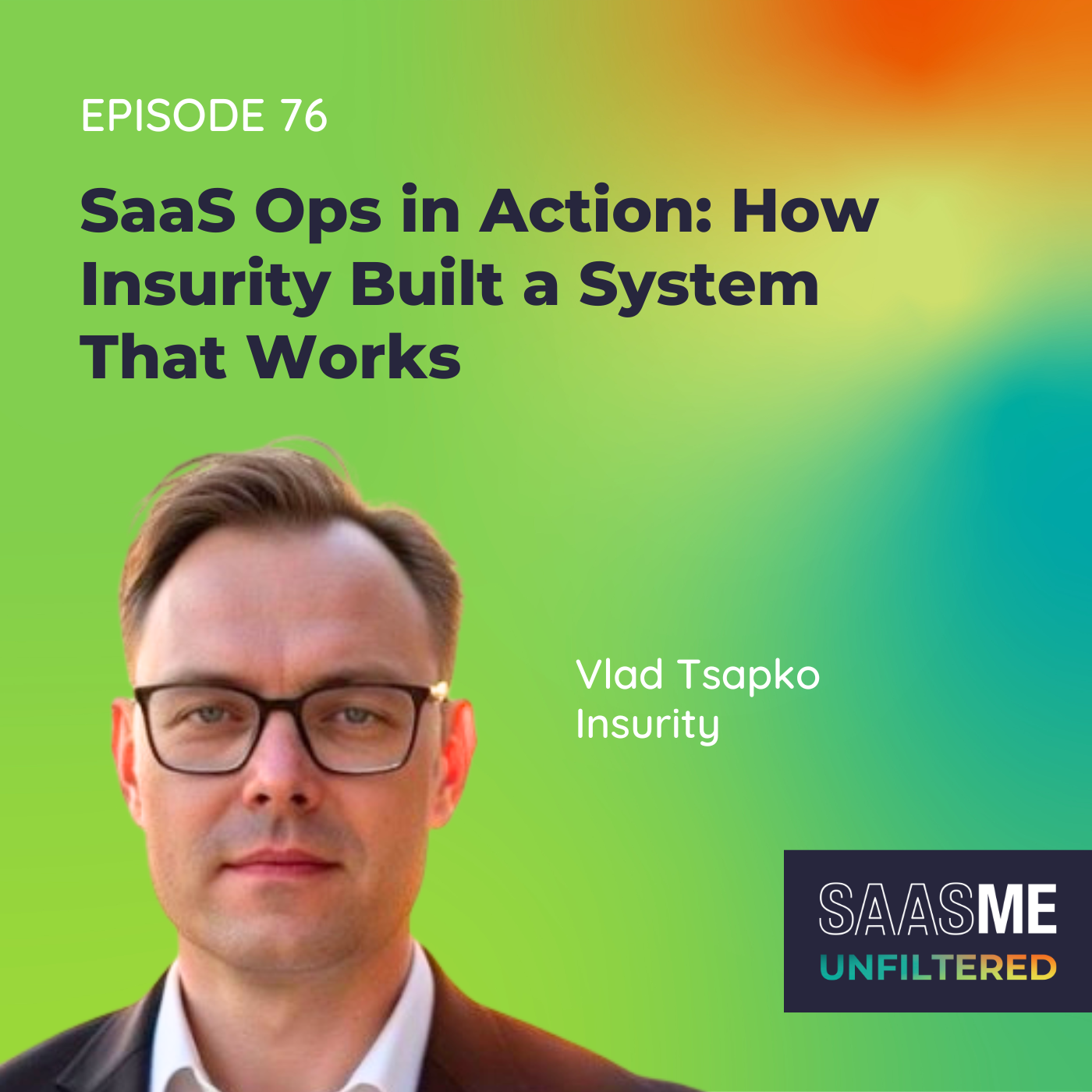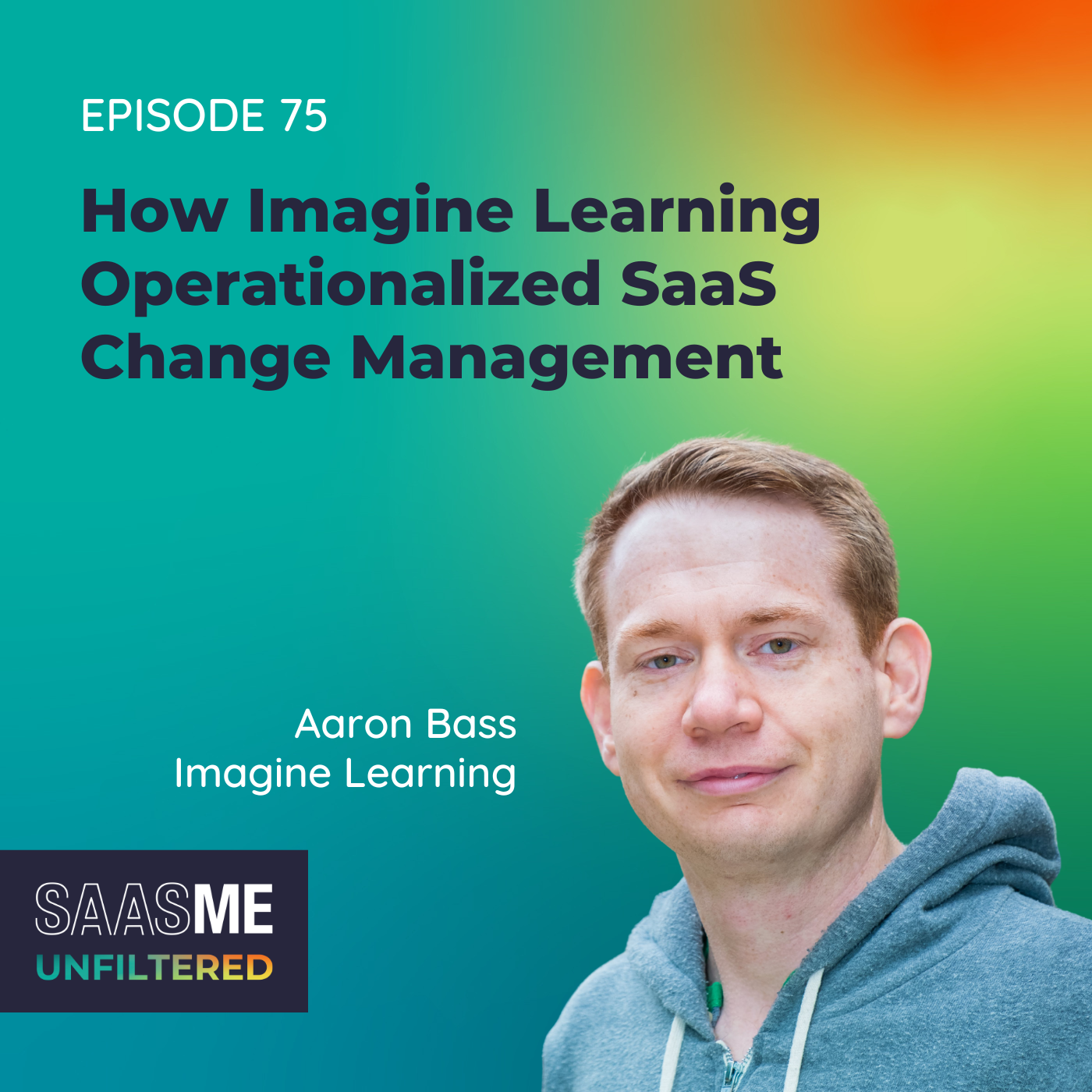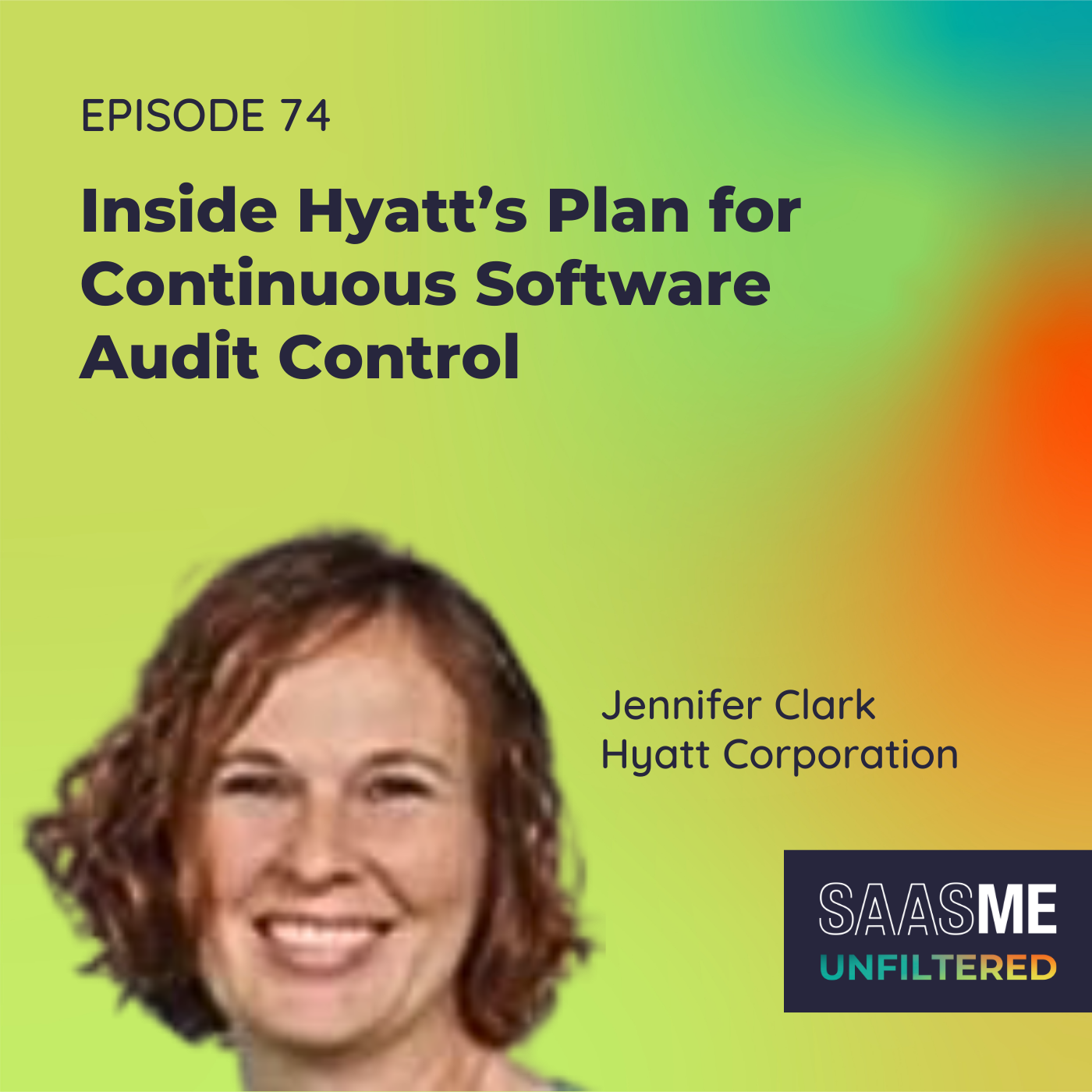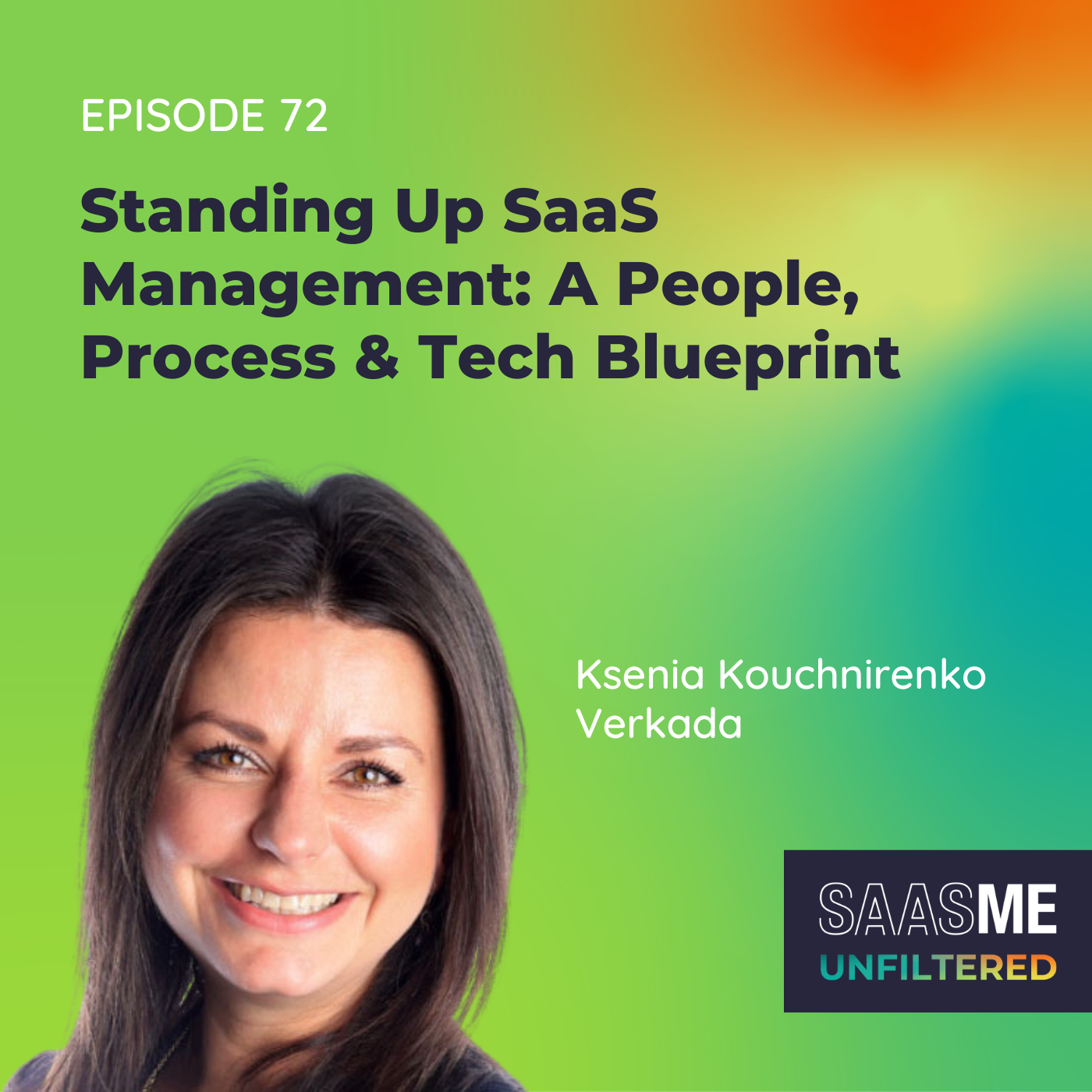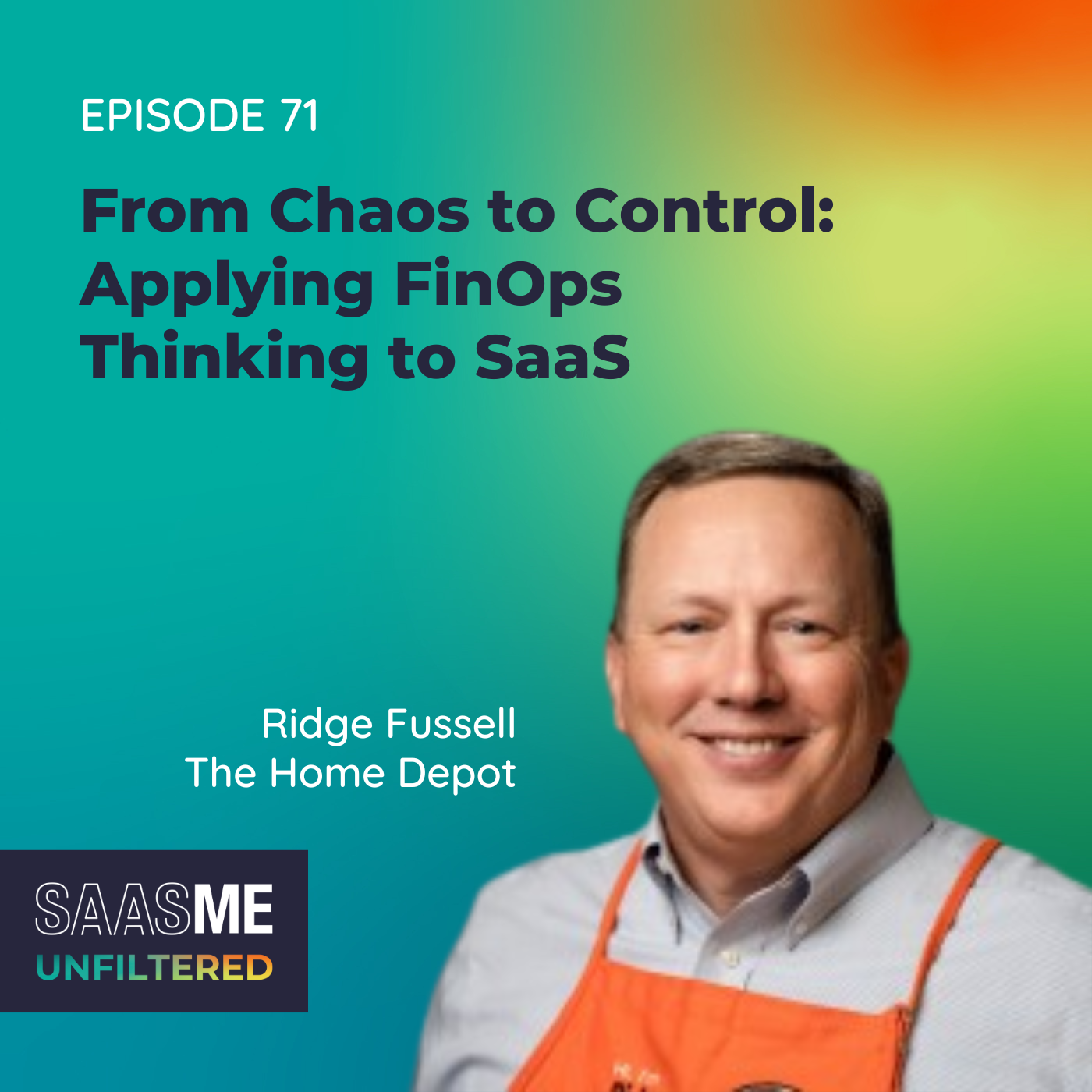How Do I Set Up & Maintain A SaaS System of Record?
- 0.5
- 1
- 1.25
- 1.5
- 1.75
- 2
Ben Pippenger: Think for a moment. What are you using today to track all of your SaaS applications? Are you using a spreadsheet, a software asset management tool? Nothing? The reality is that 70% of IT and software asset management teams today are using one of those three" solutions," and I'll put solutions in quotes because they don't really do the job. Using outdated tools and processes means you are only looking at a fraction of your apps, maybe even just the ones that are owned by your team, while apps owned by the business aren't even on your radar. In fact, Gartner estimates that organizations are aware of less than 40% of their SaaS apps. That's a huge problem. When you have partial visibility, that leaves gaps in your SaaS management strategy. The best solution to create a complete SaaS inventory and a centralized system of record is to use a SaaS management platform. But how do you set up a SaaS management platform and maintain it as your system of record? Well, there's three steps. Discovery, onboarding, and maintaining. We'll spend a majority of our time today talking about onboarding and how to do it because there's really just a lot to it, but let's first start with discovery.
Ben Pippenger: At Zylo, our data shows that the average organization has about 269 applications. If we flip that Gartner stat around I shared earlier, organizations don't know about 60% of their apps, which if I do the math equals about 161 applications. That's a lot of apps. So how the heck do you get visibility to the other 60%? You'll need to go through a discovery process. Knowing everything that's in your inventory is important because otherwise you're blind to how much you're spending, your security and compliance risks, inefficiencies across the business and much more. SaaS management platforms can automate discovery for you using a variety of methods. At Zylo, we recommend using financial data to find everything. That's because shadow IT, those applications that are bought by the business and by individual employees, often hide in expense reports and under incorrect categories and ambiguous descriptions.
Ben Pippenger: All right. Once you've discovered all of your applications, it's time for onboarding. When I say onboarding, I mean the business process of capturing critical data and information about each app that you want to include in your system of record. Typically, that information includes owners, your metadata about each application, contracts, usage data, as well as additional configurations such as alerting. App onboarding is important because it enables renewal and license management, which are two key pillars of the overall SaaS management framework, and it enables you to also report on each application.
Ben Pippenger: Before you begin onboarding your apps to your SaaS management platform, you will need to prioritize. While the discovery step can be automated, prioritizing which apps get onboarded takes time and effort in order to go out to the business. There are a few ways to go about prioritization. I often see companies prioritize apps based off of what's owned by IT, but I also see them including things such as the renewal date on the horizon or your total spend of that application. How you prioritize depends on your team's bandwidth, so I would recommend using a phased approach. Ultimately, my advice is be flexible with how you're prioritizing. It's common for new apps to pop up in your environment every single month, so there could be a new app you're unaware of, or the business needs may change and you'll have to shift. Flexibility is always a good mindset to have when it comes to managing SaaS in general.
Ben Pippenger: Okay, so you have that inventory, and you've prioritized your applications for onboarding. Next, there's a checklist that you need to follow in order to onboard each app and make sure all the key data is also brought in. The data you need to bring in includes your owners. These are the individuals who support the management of each application.
Ben Pippenger: First and foremost, there should always be someone in IT aligned to every single app onboarded. Then there's the app owner. That is the individual who owns the specific app. For example, let's say I'm responsible for Smartsheet. That means I may be responsible for configuration, being a resource for user questions, and ultimately the subject matter expert on it.
Ben Pippenger: Last, there's the business owner. Often this is the person in a leadership role who has a relationship with the account executive with that specific vendor. I do want to note that sometimes these roles may be held by the same person. The app owner may also be the business owner. No matter how you define them at your organization, you'll want to agree on what the definition is so that it's understood amongst all of your stakeholders.
Ben Pippenger: All right. Next data area is your application metadata. For each app that you have, it comes with standard data fields, but there may be additional details that you want to track. These could be internal identifiers for the application like flagging business criticality of the app, the sensitivity of the information that's stored in the application if it's storing PII data. Oftentimes these are data points that you'll also want to be able to report on.
Ben Pippenger: Next data point is order forms and contracts. This includes key information such as start dates, end dates, line items, pricing, et cetera, which is critical when it comes to your renewal. Sometimes there are multiple order forms that are active, so you want to make sure you have it all centralized so you have a full picture of what's going on.
Ben Pippenger: Last step is usage data. Connecting usage sources into your SaaS management platform centralizes utilization and key license data. Many SMPs have direct integrations and APIs, while Zylo also offers a flexible usage tracking solution for apps that don't have dedicated integrations or other limitations for getting data into your system. Determine the right data source based on the app, what you want to do and the priority and criticality of that application.
Ben Pippenger: So that's what it takes to get your system of records set up, but your work is not done. SaaS management is an ongoing practice, not a one and done project. Maintaining your inventory and related data is critical. So what does maintenance look like? I recommend following a process for app owners to review the record of their assigned applications to confirm data is up- to- date and correct. At a minimum, you should do this once a year, and often the renewal is a natural time to do it. Ultimately, choose a cadence that makes sense for your business.
Ben Pippenger: So to summarize, a SaaS system of record is a critical component of building and running a SaaS management program. It starts with uncovering all the apps in your environment, onboarding them into your SaaS management platform, augmenting that inventory with key information like owners, application metadata, order forms, and usage. Finally, the key to it all is maintaining your system of record on a regular cadence that makes sense for your business so that data remains accurate and up- to- date.
Ben Pippenger: Thanks for tuning in. I will catch you next time.
DESCRIPTION
When you don't know everything about a software application – or that it exists in the first place – it’s impossible to effectively manage renewals, optimize licenses, and implement governance. Today, leading organizations are flipping the script, using a SaaS Management platform (SMP) as their system of record to gain centralized visibility into every application. In this episode, Ben Pippenger explains how you can prioritize and onboard apps into an SMP – and how to keep it up-to-date for the long-haul.
Have a question you’d like answered on SaaSMe Anything? Submit yours here.
Key Takeaways
- [00:07 - 01:12] Setting up a SaaS system of record in three steps
- [01:10 - 02:03] The discovery process — the average organization has 269 applications, and using financial data to find app costs
- [02:03 - 02:35] On to onboarding
- [02:33 - 03:23] Prioritizing apps that are onboarded
- [03:23 - 04:26] A checklist to follow, alignment with owners
- [04:26 - 06:06] Gathering data and connecting partner sites to gather data
SaaSMe Anything is the bi-weekly podcast that brings clarity to the chaos of SaaS, hosted by your resident SaaS expert and Zylo co-founder Ben Pippenger. Connect with Ben on LinkedIn here.

